Few canine medical maladies are as serious as bloat and GDV (gastric dilatation and volvulus). Both conditions are very serious and can prove fatal if left untreated.
Accordingly, all dog owners must learn to recognize the symptoms of canine bloat and GDV, especially those with at-risk breeds.
Below, we’ll explain what canine bloat and GDV are and the differences between the two. We’ll also discuss their causes and how they’re treated.
Bloat in Dogs: Key Takeaways
- Canine bloat is a medical condition in which a dog’s stomach greatly expands. The condition is incredibly painful for dogs and it can be fatal without prompt veterinary care.
- Gastric dilatation and volvulus occurs when a dog’s stomach bloats (expands) and twists on its axis. This traps air or fluid inside the stomach, which makes the condition even more dangerous than bloat.
- Bloat and GDV can happen to any dog, but they’re more common in some breeds than others. For example, deep-chested breeds like Dobermans and German shepherds are at particularly high risk.
- There are a few ways you can reduce the chances of your dog suffering from bloat or GDV. For example, you can feed your dog smaller, more frequent meals and keep him calm during dinner time.
What Is Canine Bloat and Gastric Dilation-Volvulus (GDV)? What Is the Difference Between the Two?
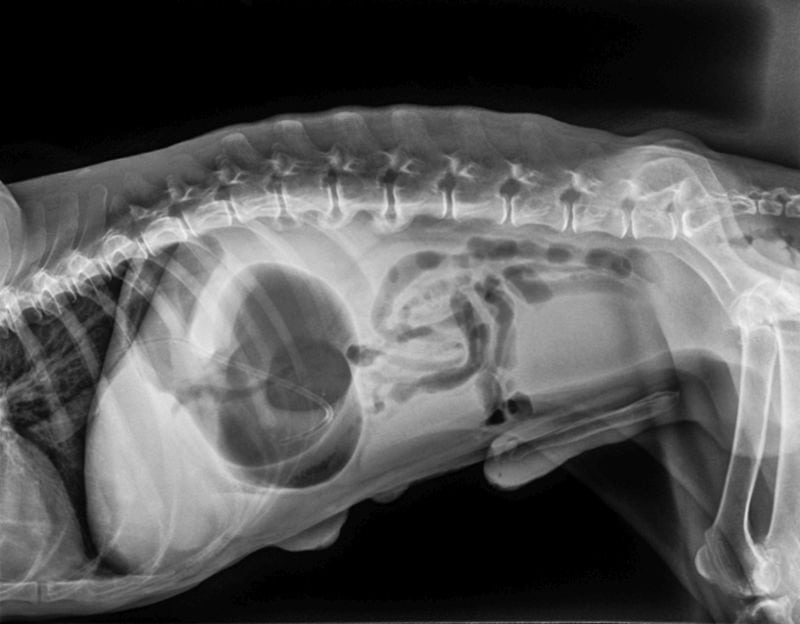
Bloat is a condition in which a dog’s stomach expands, most commonly due to swallowed air. This can be very painful for your dog and lead to considerable anxiety — bordering on panic.
Gastric dilatation and volvulus occurs when a dog’s stomach bloats and twists on its axis. This can cause even worse pain for the afflicted pooch, and as the condition progresses, the blood supply to the stomach and other vital organs may be cut off.
If not treated promptly, GDV almost always leads to shock and eventually death. Accordingly, immediate veterinary intervention is needed for the best chance of a positive outcome.
What Are the Causes of Canine Bloat and GDV?
Shockingly, despite its prevalence, canine bloat and GDV remain somewhat mysterious to veterinarians.
For example, vets don’t know for certain which starts first: the stomach swelling or the twisting. It also isn’t understood what causes this freak phenomenon in every instance.
Nevertheless, some risk factors have been identified, allowing pup owners to fight back with a robust defense.
Which Dogs Are at High Risk for Canine Bloat and GDV?
Canine bloat can afflict any breed, but some are more prone to the condition than others. Usually, large, deep-chested breeds are most at risk, including:
- Greyhound
- German shepherd
- Great Dane
- Doberman pinscher
- Weimaraner
While large and giant breeds are most commonly stricken with canine bloat, some small and medium breeds are at an elevated risk, too:
- Basset hound
- Dachshund
- Cocker spaniel
If your dog’s parents or siblings suffered from bloat at any time, your pup might also be at increased risk of bloating.
Dogs with nervous dispositions and those housed in stressful settings are also thought to be at an increased risk of bloating.
In addition, males are more likely to bloat than females, and older dogs see increased risks, too. Finally, dogs who engage in vigorous play or exercise shortly after meals are thought to be at higher risk of these conditions, as are dogs who only consume one large meal each day.
The Signs and Symptoms of Bloat and GDV in Dogs
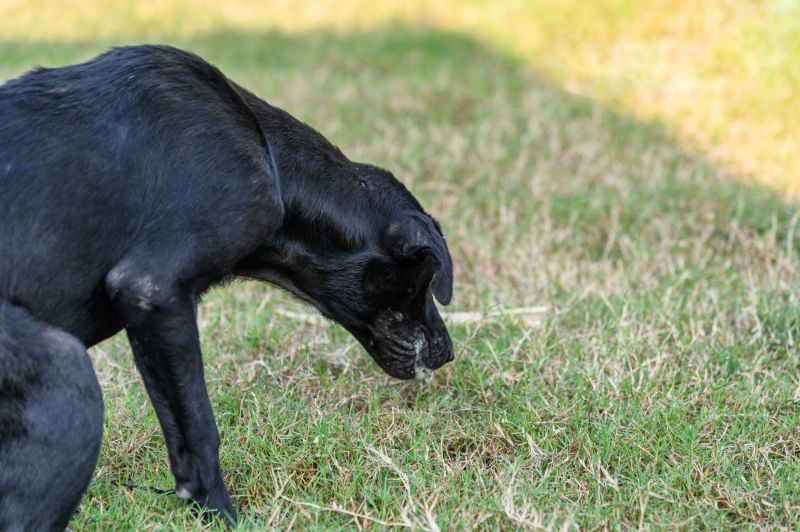
Knowing the signs of canine bloat is essential for all dog owners, not just those with at-risk breeds.
This medical emergency can happen to any dog at any time, and it requires immediate treatment. Quickly recognizing its signs can save precious time in the event it happens to a dog in your presence.
Symptoms of canine bloat include:
- Unproductive retching: A dog suffering from GDV will try and fail to vomit many times as the stomach swells and twists. Sometimes a bloating dog will expel a watery “vomit” of saliva.
- Crying or whining: GDV and bloat are both incredibly painful, and dogs suffering from either condition will show signs of extreme pain, including whining or yelping when touched.
- Panting and rapid breathing: This is another sign of pain as well as the increased stress on the body.
- Excessive drooling: A sign of pain, dogs suffering from bloat or GDV can drool in mass quantities as the body struggles to adjust to the rapid bloating and twisting.
- Swollen abdomen: As the stomach expands, a dog’s abdomen becomes puffy or distended in appearance like he swallowed a balloon.
- Restlessness: The pain of bloat and GDV may cause your dog to pace or switch positions constantly as he tries to alleviate the discomfort and pressure.
Some symptoms of bloat and GDV are shared with other conditions, like poisoning, heatstroke, and foreign body obstruction. All of these are medical emergencies requiring immediate veterinary care.
What Should You Do If You Think Your Dog Has Bloat or GDV?
Time is of the essence with bloat and GDV, so contact your vet or an emergency vet and head there immediately.
Ideally, you want to go to the nearest possible vet if you can since these conditions can prove fatal within an hour or two. Restrict your dog’s movement as much as possible, and don’t allow him to eat or drink during this time, either.
How Are Dog GDV and Bloat Treated?
Your dog will need surgery to address bloat or GDV, but your veterinarian will first treat your dog’s systemic shock and work to stabilize him before surgery to ensure the best possible outcome.
Your vet may also insert a needle into your dog’s stomach to allow some of the air to escape. This will provide a little more time to get the dog prepped and into surgery.
During surgery, the stomach is deflated and, in the case of GDV, it’s returned to its natural, untwisted position. Your vet may also tack the stomach to the body wall in a specialized procedure called gastropexy. Many vets like to perform this procedure, as up to 90 percent of dogs with GDV will suffer the condition again in the future.
If any portion of the stomach is damaged during the bloating incident, it’s removed during surgery as well. Also, because the spleen depends on the same blood supply that the stomach does, it may also become damaged and require removal during surgery (don’t worry — dogs can live relatively normal lives without a spleen).
Don’t have easy access to a vet? You may want to consider getting help from JustAnswer — a service that provides instant virtual-chat access to a certified vet online.
You can discuss the issue with them, and even share video or photos if need be. The online vet can help you determine what your next steps should be.
While talking with your own vet — who understands the ins and outs of your dog’s history — is probably ideal, JustAnswer is a good backup option.
Can Bloat or GDV Be Fatal?
Sadly, bloat and GDV can both be fatal, but they can also be treated in many cases if caught fast enough.
Fatality rates vary significantly, with some dogs making it through surgery only to pass suddenly later on due to heart issues caused by the lack of blood flow.
According to at least one vet, roughly 30 percent of the dogs who show up in emergency rooms for bloat ultimately die. Of course, that’s still better than dogs fare without treatment, and almost all dogs will die of bloat without prompt medical attention, and untreated GDV is 100% fatal without surgery.
Bloat and GDV aren’t something you want to gamble with. Always take your dog to the nearest emergency vet, and remain vigilant even after he’s recovered, as dogs who bloat are at severe risk of a second case later in life.
Can Canine Bloat and GDV Be Prevented?
While neither canine bloat nor GDV can be prevented entirely, you can significantly reduce the likelihood of either occurring by implementing a few precautions, including:
- Feed multiple, smaller meals: Avoid feeding your dog one large meal a day or any massive amount of food at once. If he’s a giant breed that eats a lot of food daily, break it up into several small meals throughout the day.
- No exercise around mealtime: Don’t exercise your dog before or after a meal. Allow him to eat and digest his meal in a calm state.
- Reduce mealtime stress: Dogs that feel anxious about eating may eat faster or swallow large amounts of air, putting themselves at unnecessary risk of trouble. Separating your dog from others as he eats so he doesn’t feel the need to scarf down his food is ideal.
- Encourage slow eating: Gobbling down food isn’t safe, as previously mentioned. Pump the brakes on your dog’s speed-eating with a slow-feeder bowl or a puzzle feeder.
- Prevent excessive water drinking: Despite how fun it may be, don’t let your dog swallow heaps of water from the hose or sprinkler. Not only can this make him sick, but it can lead to bloat as the stomach fills with excess water.
- Stomach tacking: Also known as prophylactic gastropexy, this surgery involves pinning the stomach to the body wall, preventing the deadly twisting seen in GDV. It can be performed at the same time as your dog’s spay or neuter or on its own.
- Avoid unnecessary stress: Stressful situations increase your dog’s likelihood of bloat and GDV, such as kenneling him at a boarding facility. If your pup doesn’t kennel well, it may be best to hire a pet sitter or bring him with you if you can.
- Schedule regular exams: Underlying medical conditions can leave your dog more at-risk of GDV and bloat than you realize. Always keep him up-to-date on his yearly exams to keep any hidden tummy troubles at bay.
- Never breed a dog with a history of GDV or bloat: Dogs that have suffered from bloat or GDV in the past should never be bred.
If you have an at-risk breed at home or are worried about canine bloat or GDV, talk to your veterinarian about additional steps you can take to reduce his risk of both conditions. In the event that he eats a large amount of food at once or drinks a ton of water, it wouldn’t be a bad idea to call your vet, either.
***
Canine bloat and GDV are medical emergencies that need more attention than they get. Now that you know the basics of these conditions, spread the word to your pup parent friends. You just might save a doggo with your new knowledge someday!



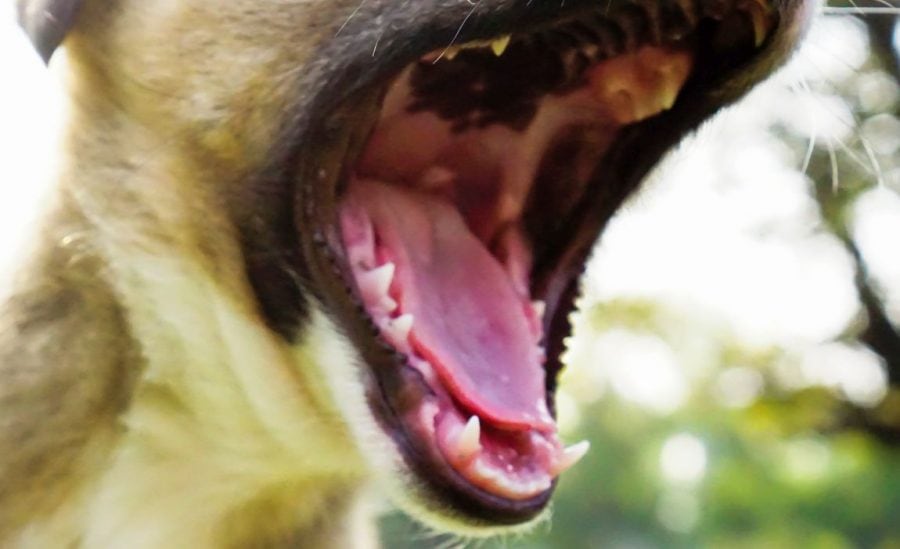


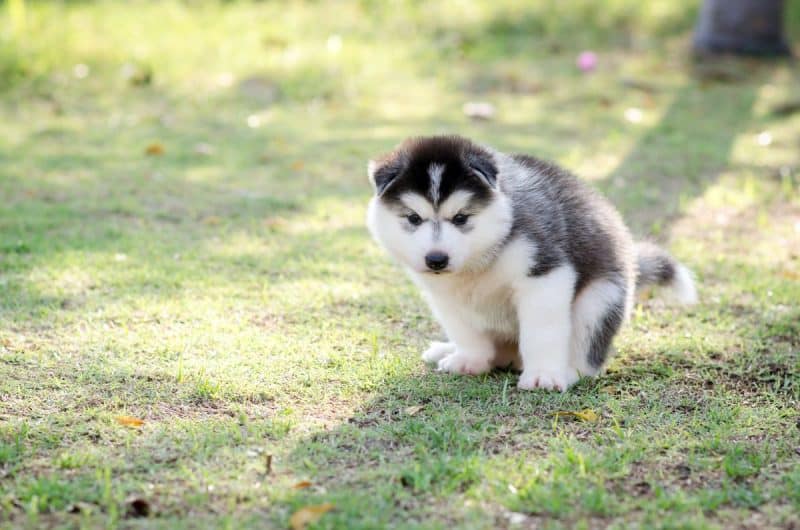
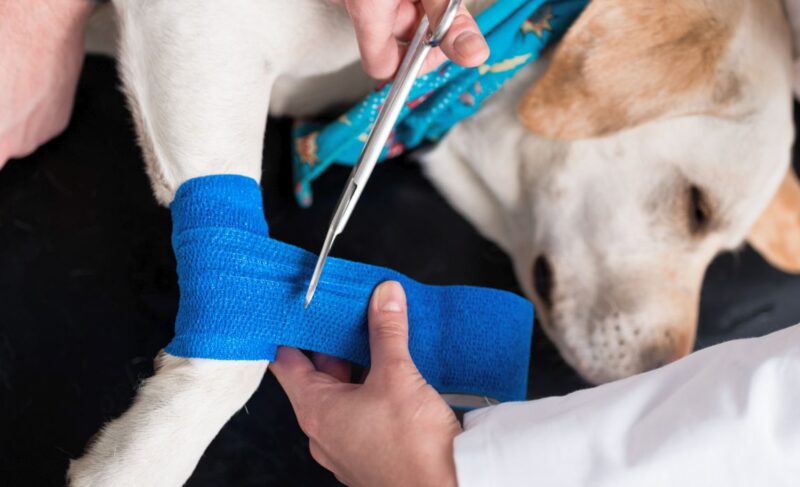
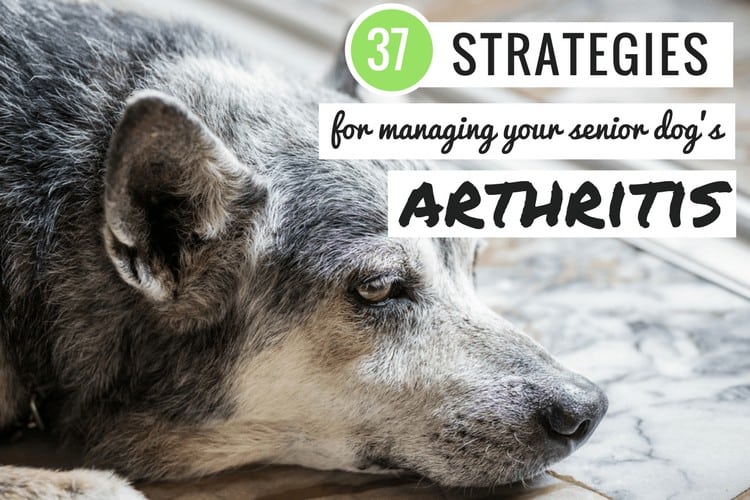
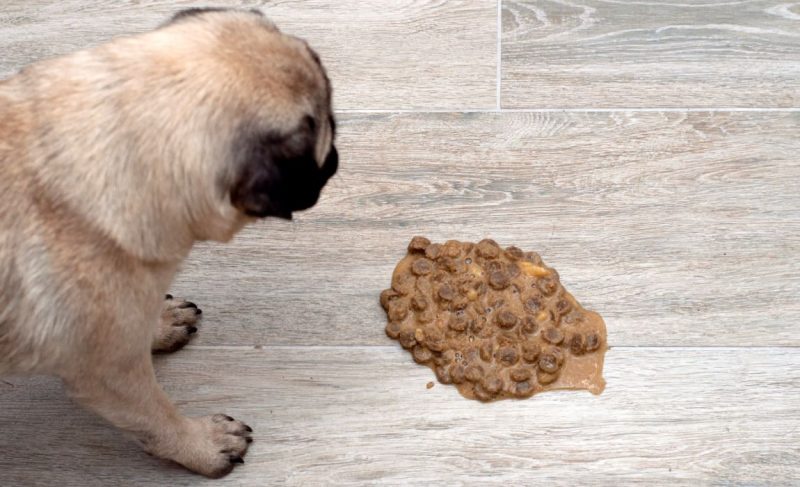
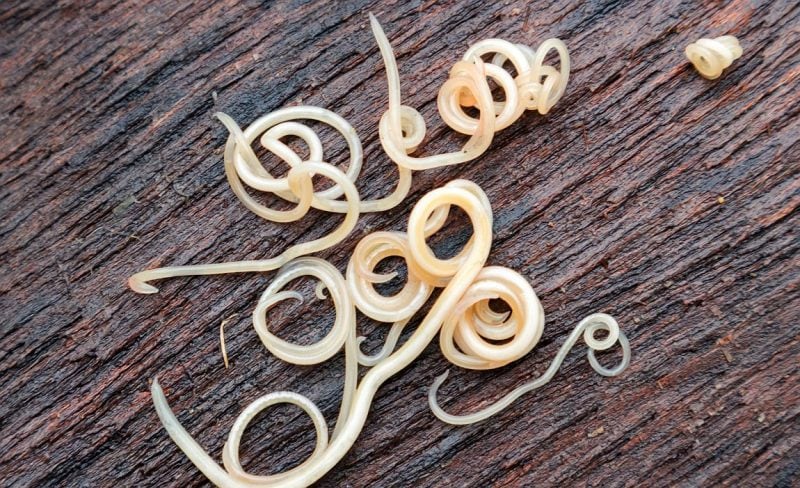
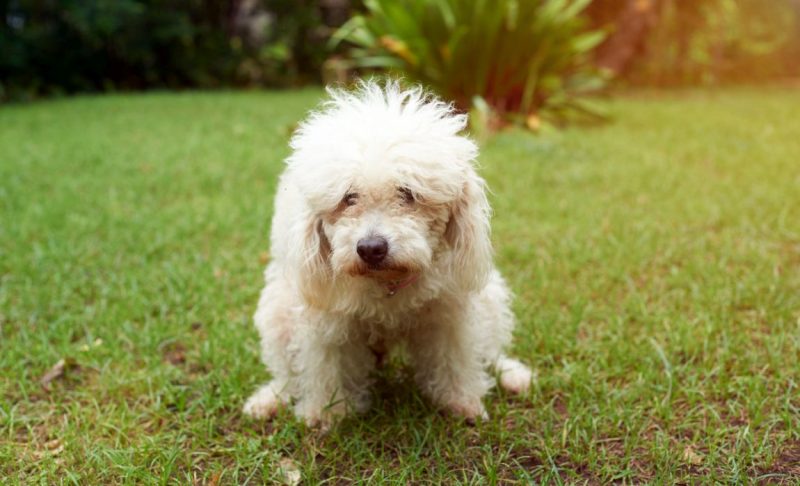
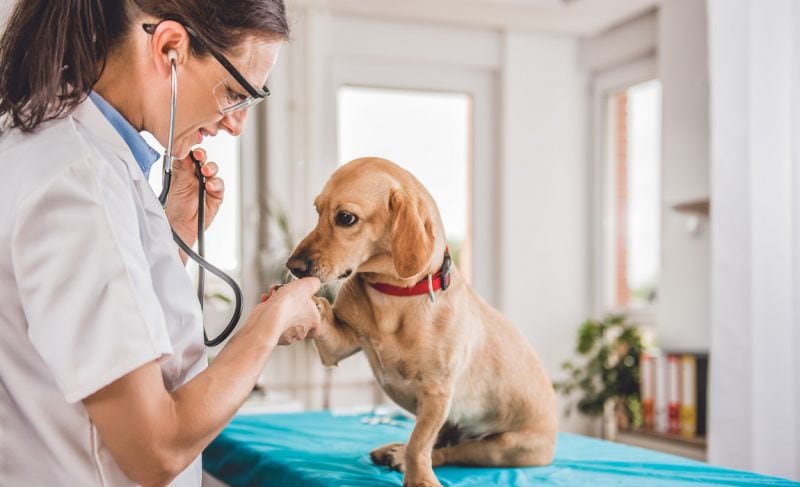

Leave a Comment